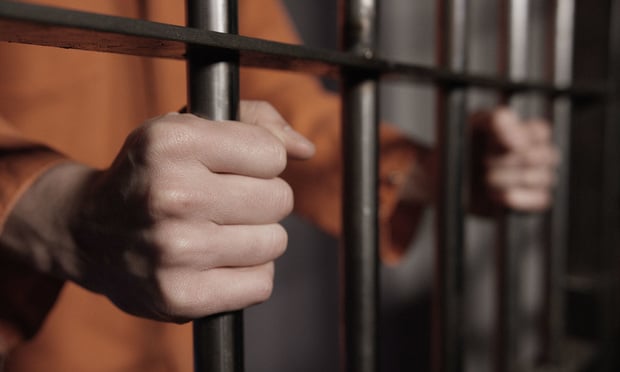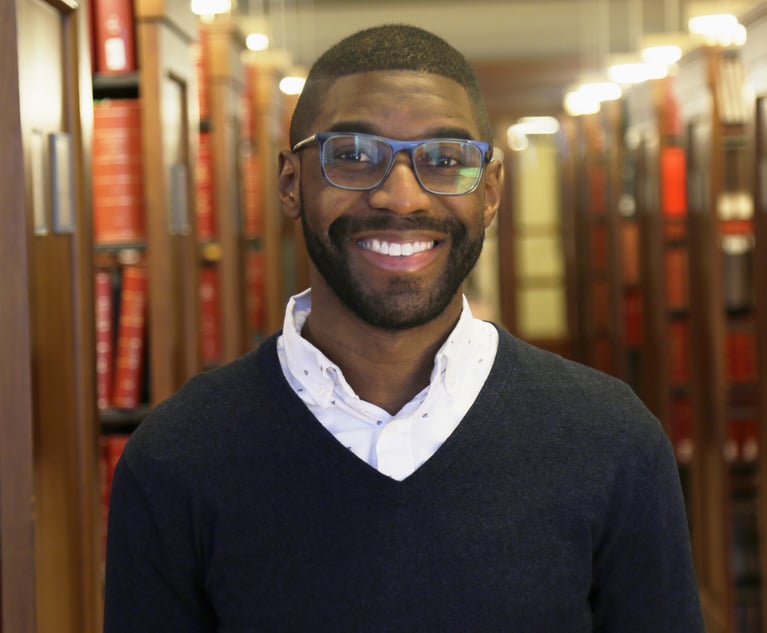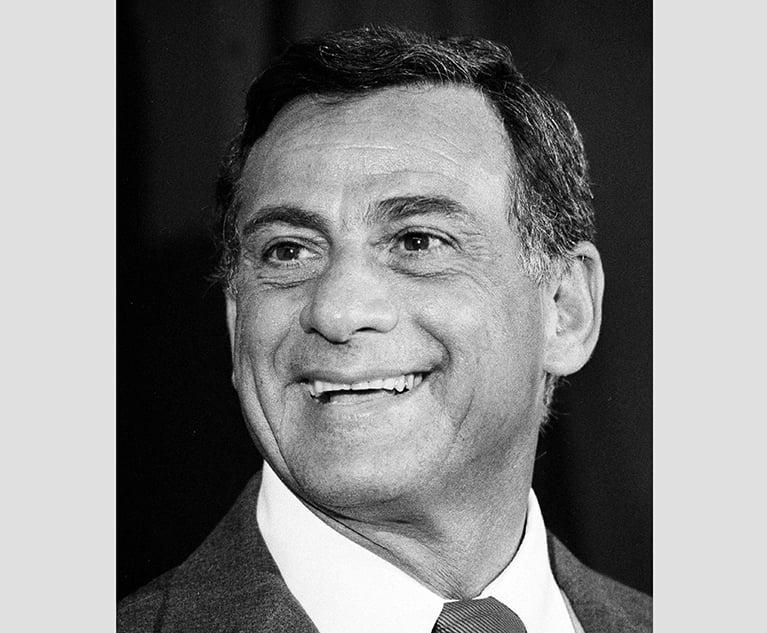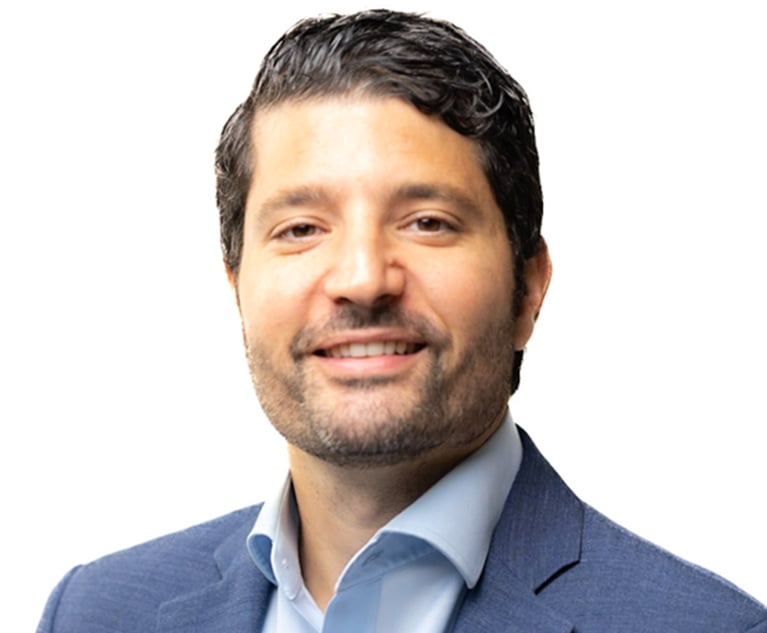 Our criminal justice system is primarily one of pleas, not trials. People v. Tiger, 32 N.Y.3d 91, 114 (2018) (Wilson, J., dissenting). Indeed, in 2016, less than 3% of nearly 50,000 criminal dispositions in New York state went to trial. Id. The Court of Appeals has observed that, generally, a plea of guilty marks the end of a criminal case, not a gateway to further litigation. People v. Taylor, 65 N.Y.2d 1, 5 (1985). Yes, but guilty pleas often present fertile grounds for direct appeals or collateral attacks. While not all such appeals directly implicate guilt or innocence, innocent people do plead guilty. That fact was explored by Judge Rowan D. Wilson’s dissenting opinion in a noteworthy 2018 case involving a defendant who pleaded guilty and then sought post-conviction relief, based in part on proof of innocence. People v. Tiger, 32 N.Y.3d at 112, 114.
Our criminal justice system is primarily one of pleas, not trials. People v. Tiger, 32 N.Y.3d 91, 114 (2018) (Wilson, J., dissenting). Indeed, in 2016, less than 3% of nearly 50,000 criminal dispositions in New York state went to trial. Id. The Court of Appeals has observed that, generally, a plea of guilty marks the end of a criminal case, not a gateway to further litigation. People v. Taylor, 65 N.Y.2d 1, 5 (1985). Yes, but guilty pleas often present fertile grounds for direct appeals or collateral attacks. While not all such appeals directly implicate guilt or innocence, innocent people do plead guilty. That fact was explored by Judge Rowan D. Wilson’s dissenting opinion in a noteworthy 2018 case involving a defendant who pleaded guilty and then sought post-conviction relief, based in part on proof of innocence. People v. Tiger, 32 N.Y.3d at 112, 114.
Forty-five percent of the 166 exonerations nationally in 2016 involved convictions based upon guilty pleas. Id. at 114. The Court of Appeals has made careful choices to prohibit the waiver of certain fundamental rights, in part because of a concern that the failure to do so would encourage innocent defendants to plead guilty. Id. at 117. Innocent defendants may plead guilty for many reasons, including the threat of a more serious charge and a far longer sentence after going to trial. Id.






